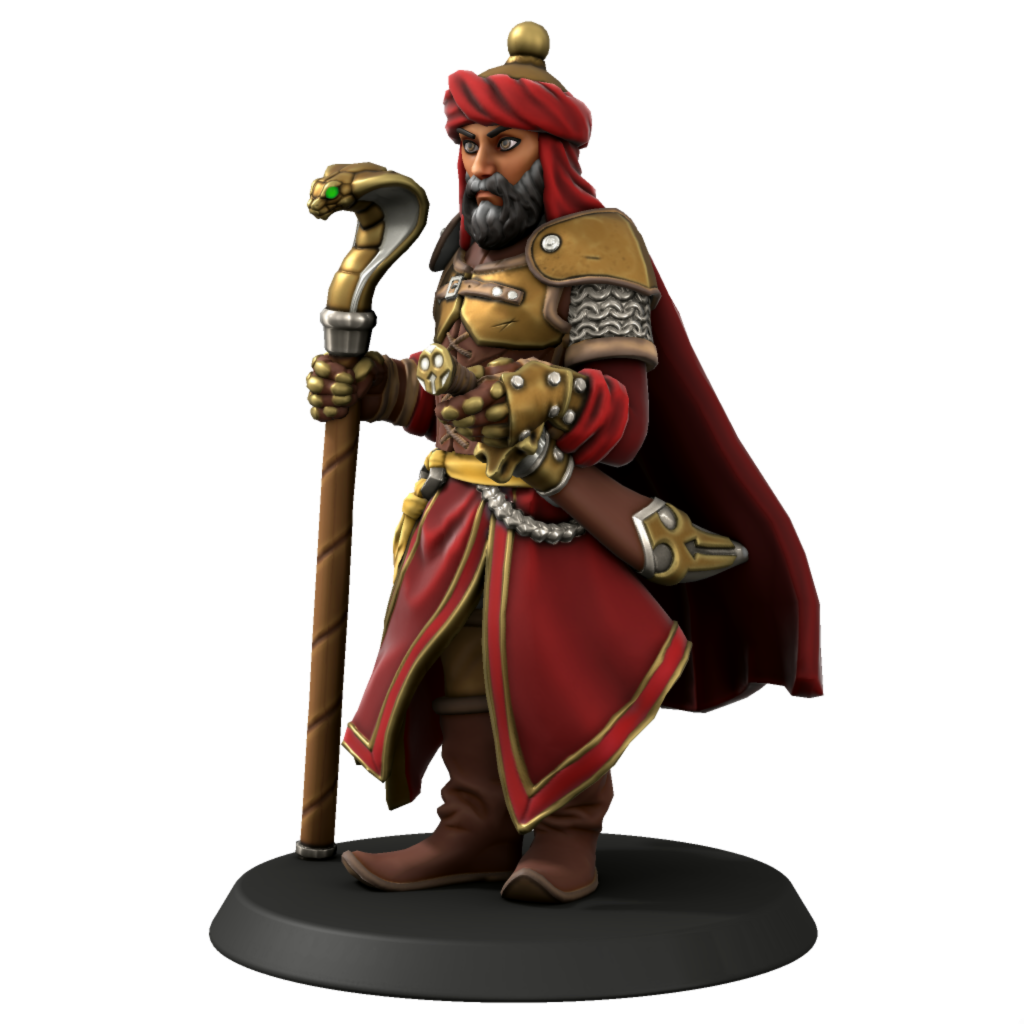Sekhmet
The sekhmet are an important statement of human adaptability. The sekhmet inhabit the hot deserts and plains of the east, in the Federation of Al Achnon. Settlements ranging from tiny hamlets to sprawling metropolises such as Sul Nahal were erected by the sekhment. The sekhmet have much in common with the imperials. Both are socially adaptable and great traders. Sekhmet however, see magick as an important part of their existence as magick is used in many of the ways to survive the deserts and her storms of poisonous ash and sand.
Naming Traditions
Feminine names
Aaliyah, Fatim, Galila, Hawa, Salma
Masculine names
Abba, Ahmet, Gabir, Hashim, Rayyid, Salman
Family names
Abadi, Bahar, Hajjar, Nazari, Shamoun
Culture
Shared customary codes and values
Generally speaking, the sekhmet people share a set of common values. The sekhmet value devotion to the gods and regular praying. Most sekhmet are devout followers of the Children of Sawari-Ra and pray to their gods regularly. Many of the common values of the sekhmet come from their faith and its tenets.
Common Dress code
Traditionally the sekhmet cloth themselves according to their surroundings and their socio-economic status.
Commoners dress themselves in simple robes, leather belts or cloth sashes, leather shoes and cloth hats, scarfs, veils or hoods. These clothes are mainly practical, protecting the wearer from the heat, the sun and the harsh desert winds and sand. Embroidery, more expensive cloth, such as silks, bolder colours and jewelry are added when financially possible. Showing wealth in this way is common in sekhmet society.
Wealthy merchants, nobles and comparable figures wear robes of silk or Iron Silk, often embroided and layered. Decorated turbans, or scarfs, called keffiyeh are worn by men and veils, hoods or scarfs called hijab by women. Jewellery is worn where the material increases in value along with the wearers financial status ranging from copper to gold inlaid with gemstones. Sashes and belts are decorated with ceremonial weaponry, decorated pouches that hold chewing herbs such as Hula.
Funerary and Memorial customs
Generally the sekhmet follow the funerary customs as dictated by their faith. Most often they follow the Children of Sawari-Ra death rites.
Encompassed species
Related Organizations
Languages spoken



